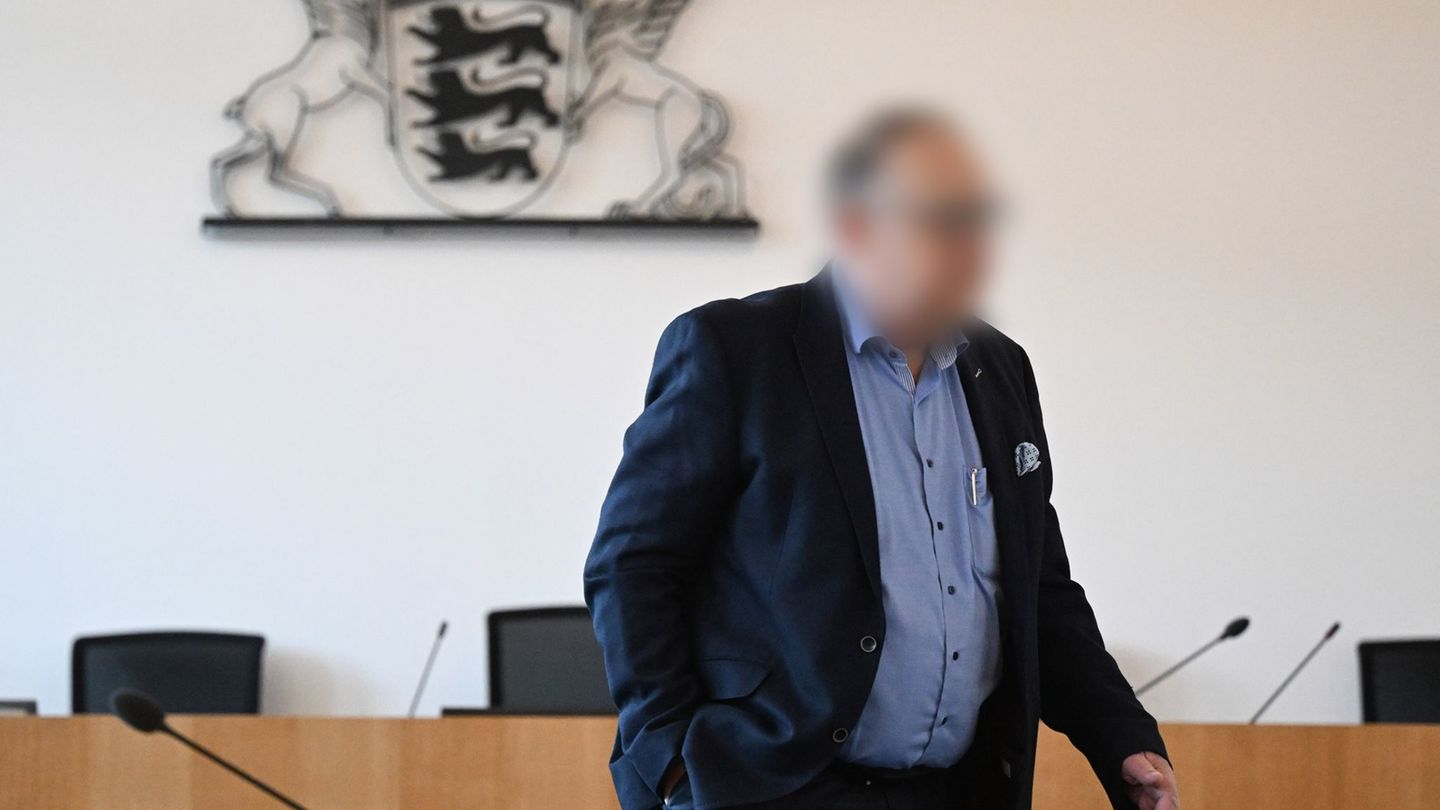However, the media, economists and, above all, critics of Macri denounce a “financial party” that apparently favors the “wolves of Wall Street” at the expense of middle-class workers and consumers…
Mauricio Macri’s management was marked by measures that favored indebtedness and capital flight, at the expense of the national industry and the interests of the country. During the four years that the Cambiemos experiment lasted, a group of businessmen benefited from the ease of removing money from Argentina. Cristiano Ratazzi, Nicolás Caputo, Héctor Magnetto, Paolo Rocca, Luis Pagani and Marcelo Mindlin are some of the businessmen who are part of the select group entitled “Macri’s 100”, which includes those who fled large sums of money between 2015 and 2019. (infobaires24.com.arMay 24, 2020)
For two years they lent them more than US$106,000 million, this allowed them to finance huge twin deficits, and an extraordinary demand for dollars for hoarding. Everything was a party until the “sudden stop” (Guillermo Calvo) came about, or a sudden brake on foreign capital flows. The central cause of the “sudden stop” and the loss of investor confidence was the economic plan. It was not a systemic crisis, Argentina was the only country in the region that had a financial and exchange crisis. Financing was cut off and Argentina entered a financial and exchange crisis, given the high macroeconomic vulnerabilityto which she was exposed.
The twin deficits in two years touched the record of 11% of GDP (highest in 35 years). Dependence on external financing increased, while the delay in the real exchange rate accentuated; then, from April 24 to September 4 (2018) the devaluation was 94%. In 8 months (109%). Country risk more than doubled and, of course, inflation did not fall. The LEBAC stock grew exponentially, reaching the equivalent of US$80,000 million with the passes. They ended up at the IMF and received a generous loan of US$50,000 million, then they would ask for US$7,500 more for a rating, but their expectations were not met: the country risk did not drop, the capital market did not reopen, and the government began to generate panic.
It was necessary to resort to the IMF to avoid a crisis that would take the government for falling into default in 2018. Argentina obtained a loan from the IMF for US $ 50,000 (11 times its quota) in record time, with political support from Donald Trump. The intention of the IMF was to support private debt payments, especially from US entities, but it would not be enough to cover all the financial obligations of the National Government, the primary deficit and debt maturities, until the end of the former president’s term. . In just one month they requested a rating extension up to US$57.5 billion. After the announcement of a series of measures, the interest rate was raised, with US$5 billion offered daily by the BCRA at US$25. Nothing stopped the currency flight.
At this point there are versions that the alleged auctions were simulations of attempts to stop the currency run. In reality, it was nothing more than an excuse to guarantee profitability, delivering dollars at $25. Friends are friends.
An economic plan that increased vulnerability
The largest fiscal deficit was financed with foreign debt. The inflation-targeting monetary policy led to the imposition of high interest rates to deflate the economy, in a context of a free-floating exchange rate. The inflow of capital to finance the fiscal deficit and the inflow of financial capital, attracted by the high interest rate, accentuated the lag of the real exchange rate. The weight was ridiculously appreciated. Demand for domestic bonds and other assets, including demand for local currency, plummeted.
Conclusion: closed capital markets, “since 2018 dollars are missing.” The excess demand for foreign currency over supply pushed the exchange rate up more than double in less than 9 months. Reserves of more than US$22,000 million were lost in 7 months and more than US$23,000 in the first 9 months of 2018. In July 2018, the demand for dollars was US$8.1 billion. The supply of dollars was barely US$4.9 billion, (-42%) less than the previous year. There was a shortage of US$3.160 million. To cover the Treasury, US$3,160 million were sold (US$2,000 million through the “daily auctions” and the rest via BNA). On the demand side for dollars, annexations stood out in July 2018: the private demand for foreign currency for hoarding of US$ 3,351 million (+35.4% compared to 2017) accumulated up to July -in just 7 months- US$ 22,148 million (+101% against 2016); demand for dollars to pay for imports of US$3,728 million, and demand for dollars for travel and tourism of US$651 million. The FAE (Formation of External Assets) was 2 and ½ times higher than the monthly average registered in 2017, which had already been the year with the greatest capital flight since 2008 (the year of the Lehman Brothers crisis).
Cristina Kirchner’s capital flight in the last year almost tripled (2015). The last CFK government had a flight of US$3,400 million in 2012, US$ (-397) million in 2013, US$3,248 in 2014 and US$8,500 in 2015. As soon as the Macri government took office with Prat Gay and Sturzenegger, they fled US$9.95 billion, surpassing CFK by more than 17%.
Interest in “Macriland Bonds” plummeted
Bondholders identified the fragility of the Government’s economic policy. The countries that suffer the most if changes occur in the external context tend to be those that 1) they have debt in dollars, 2) few reserves, 3) high CTA deficit. current, 4) import energy and 5) lack credibility in their monetary policy and independence from their Central Bank. Bingo! Also, don’t It was not known if the president would have the conviction to comply with the Agreement with the FM, nor how the US$7.500 million of the first disbursement would end up being used. The Government of Cambiemos had 27 of 30 months with a drop in consumption. The CFTEA (Annual Equivalent Total Cost) with VAT for the overdraft was 171.37% and 141.63% without VAT, with inflation estimated at the beginning of the year at 12% that touched around 48% at the end of the year. The inconceivable positive real rate closed thousands of companies.
What was happening?
The Agreement with the IMF(advance IMF disbursements + “0” primary deficit) did not help to dispel doubts. The minister’s announcements left a very high degree of disgust, because he did not seem to have a clear shortage of US$ 3,000 million dollars per month in the exchange market. The scenario would continue to be highly uncertain until the final day, deepening the recession and accelerating inflation. There was no clear diagnosis. The government thought that guaranteeing foreign debt payments in 2019 would appease the desire for dollars, but it was not enough, the “friends of the world” wanted to flee.
“The market” expected more on the cost reduction side. Unorthodox measures such as exchange restrictions or tourism taxes were ruled out, which would have made a lot of sense, since they in 2019 they had to reinstall “el cepo”. The IMF requested a strong fiscal adjustment, because the devaluations had extended the risk profile of fiscal solvency.
the trilemma
Sturzenegger’s BCRA, like the Central Banks, have three main objectives: (i) control of the exchange rate, (ii) maintenance of monetary autonomy, and (iii) opening up for the entry and exit of capital. The Monetary Policy Trilemma shows that it is impossible to achieve all three objectives at the same time and that it is only feasible to achieve two of them, based on the work of Robert Mundell and Marcus Fleming.
Each goal poses different importance. The control of the exchange rate allows the achievement of foreign trade purposes in the short term. Monetary autonomy maintains the power of the BCRA to control the interest rate and thus achieve goals at the level of monetary aggregates and inflation. And, the fact of allowing an open economy with free flow of capital, facilitates foreign investment and the acquisition of resources. With the omission of the route to take, one of the three points must always be given up, taking a monetary policy stance consistent with the other two selected objectives. Does anyone think that Sturzenegger, Prat Gay and the rest of the economic team were ignorant of The Trilemma?
fake economists
What leads corporations and bankers to support false economists?
- they always say what employers want to hear and the bankers.
- They do what their promoters ask them to do.
The false economists earn fame and money for saying in a congress, and on almost all the radios, portals and TV, what the bankers and businessmen want to hear, dressed up with sarcasm. But these false economists are not harmless, they separate all the rest of the citizenry from the truth.
After the scandalous “carry trade” that cost the country US$ 86,000 million -only in flight of dollars-, those who hire these professionals clearly demonstrate that they were and continue to be as responsible for the dollar tragedy, as much as they were. .
Graduate Professor UBA and Masters in private universities. Master in International Economic Policy, Doctor in Political Science, author of 6 books. @PabloTigani
Source: Ambito
David William is a talented author who has made a name for himself in the world of writing. He is a professional author who writes on a wide range of topics, from general interest to opinion news. David is currently working as a writer at 24 hours worlds where he brings his unique perspective and in-depth research to his articles, making them both informative and engaging.




